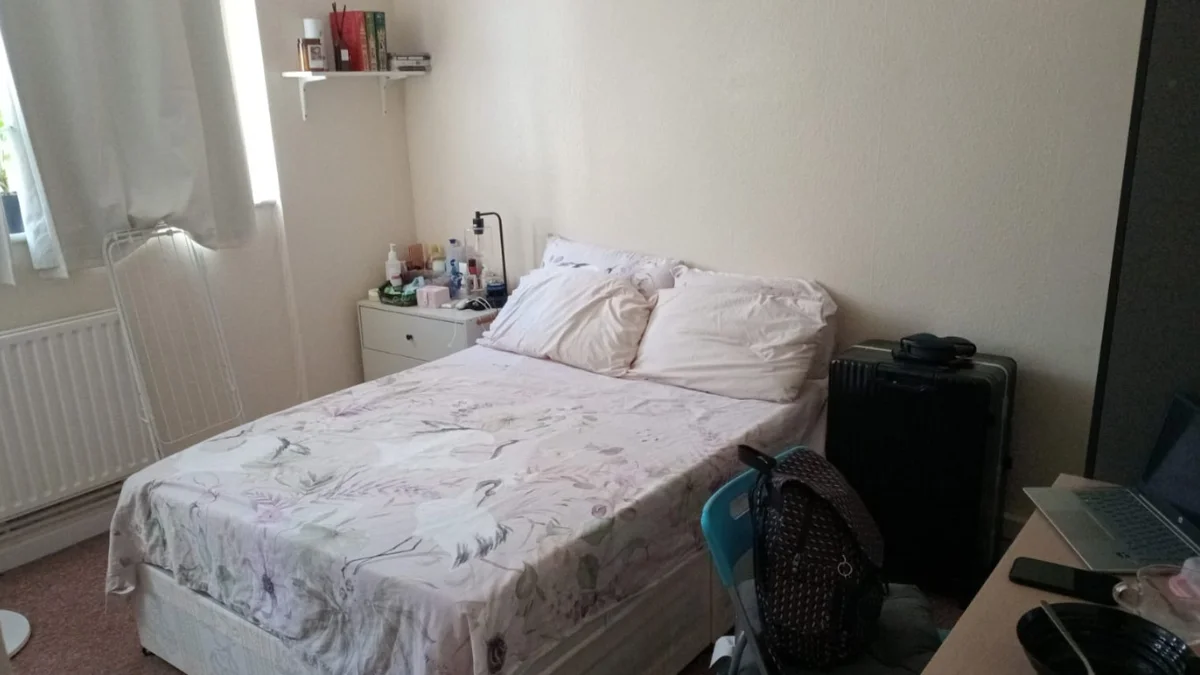In today’s competitive business landscape, building brand loyalty and fostering repeat business is essential for sustainable growth and success.
While there are various strategies to achieve this goal, leveraging custom packaging as a tool to enhance the customer experience and strengthen brand affinity can be particularly effective.
In this article, we’ll explore how small businesses can use custom packaging to build brand loyalty and encourage repeat purchases.
1. Personalization and Customization
Custom packaging allows businesses to personalize the unboxing experience for customers, creating a sense of exclusivity and making them feel valued.
Incorporating personalized elements such as the customer’s name, order details, or special messages can leave a lasting impression and make the experience more memorable. By tailoring packaging to reflect the customer’s preferences and past interactions with the brand, businesses can strengthen the emotional connection and encourage repeat purchases.
2. Consistent Branding Across Touchpoints
Consistency is key to building brand recognition and loyalty. Custom packaging provides an opportunity to reinforce brand identity and messaging across all touchpoints, from the moment a customer receives their order to every subsequent interaction with the brand.
By incorporating brand colors, logos, and visual elements into packaging design, businesses can create a cohesive brand experience that resonates with customers and reinforces brand recall. Consistent branding helps build trust and familiarity, making customers more likely to choose the brand for future purchases. It is the difference between someone buying your artisan popcorn brand packaged in custom popcorn bags versus competition that uses generic cello bags or kraft bags.
3. Premium Packaging for Perceived Value
Investing in high-quality custom packaging signals to customers that the brand values their experience and prioritizes quality.
Premium packaging materials, finishes, and embellishments can enhance the perceived value of the product and create a sense of luxury and prestige. This works well for markets like cannabis and jerky, where branding is so important in remaining competitive and top-of-mind.
Even for budget-conscious businesses, small touches such as embossed logos, metallic foiling, or satin ribbons can elevate the unboxing experience and make customers feel like they’re receiving a special gift. By exceeding expectations with premium packaging, businesses can leave a positive impression and encourage customers to return for future purchases.
4. Functional and Practical Design
While aesthetics are important, custom packaging should also be functional and practical. Packaging that is easy to open, protects the product during transit, and can be reused or repurposed adds value for customers and enhances the overall experience.
Consider incorporating features such as tear-away perforations, resealable closures, or compartments for organizing items. Functional design not only improves customer satisfaction but also reinforces the brand’s commitment to delivering practical solutions that meet customers’ needs.
5. Interactive and Engaging Elements
Custom packaging can include interactive elements that engage customers and encourage them to interact with the brand beyond the point of purchase. Incorporating QR codes, augmented reality experiences, or scannable promotions into packaging design can drive customer engagement and provide added value.
Encourage customers to share their unboxing experiences on social media by including branded hashtags or user-generated content campaigns. By creating opportunities for interaction and participation, businesses can deepen customer engagement and loyalty over time.
6. Sustainable and Eco-Friendly Packaging
In today’s environmentally conscious world, sustainability is a key consideration for many consumers. Custom packaging offers an opportunity for businesses to demonstrate their commitment to sustainability and environmental responsibility.
Choose eco-friendly materials such as recycled paper, biodegradable plastics, or compostable packaging options.
Clearly communicate the brand’s sustainability initiatives and encourage customers to recycle or reuse packaging materials. By aligning with customers’ values and priorities, businesses can build trust and loyalty while minimizing their environmental footprint.
7. Feedback and Continuous Improvement
Finally, soliciting feedback from customers and using it to iterate and improve packaging design is essential for building brand loyalty and repeat business. Encourage customers to share their thoughts and suggestions through surveys, reviews, or social media channels.
Pay attention to common pain points or areas for improvement and make iterative changes to packaging design based on customer feedback. By demonstrating responsiveness and a willingness to listen to customers’ needs, businesses can strengthen relationships and foster long-term loyalty.
Conclusion
Custom packaging is a powerful tool for building brand loyalty and encouraging repeat business.
By personalizing the unboxing experience, maintaining consistent branding, investing in premium materials, prioritizing functionality, incorporating interactive elements, promoting sustainability, and soliciting feedback for continuous improvement, small businesses can create memorable experiences that resonate with customers and inspire loyalty over time.
By leveraging custom packaging as a strategic asset, businesses can differentiate themselves in the marketplace and cultivate strong, lasting relationships with their audience.











